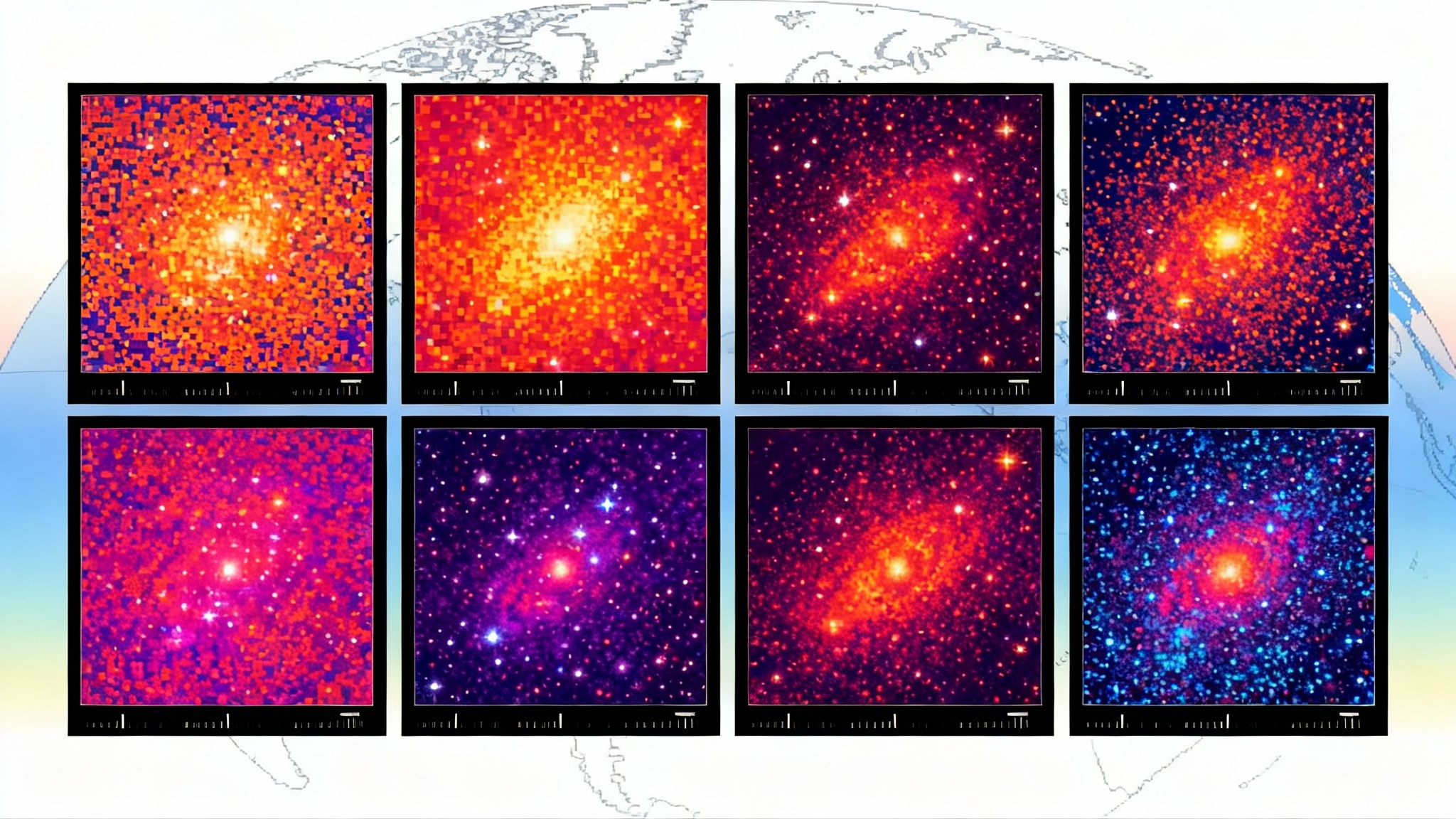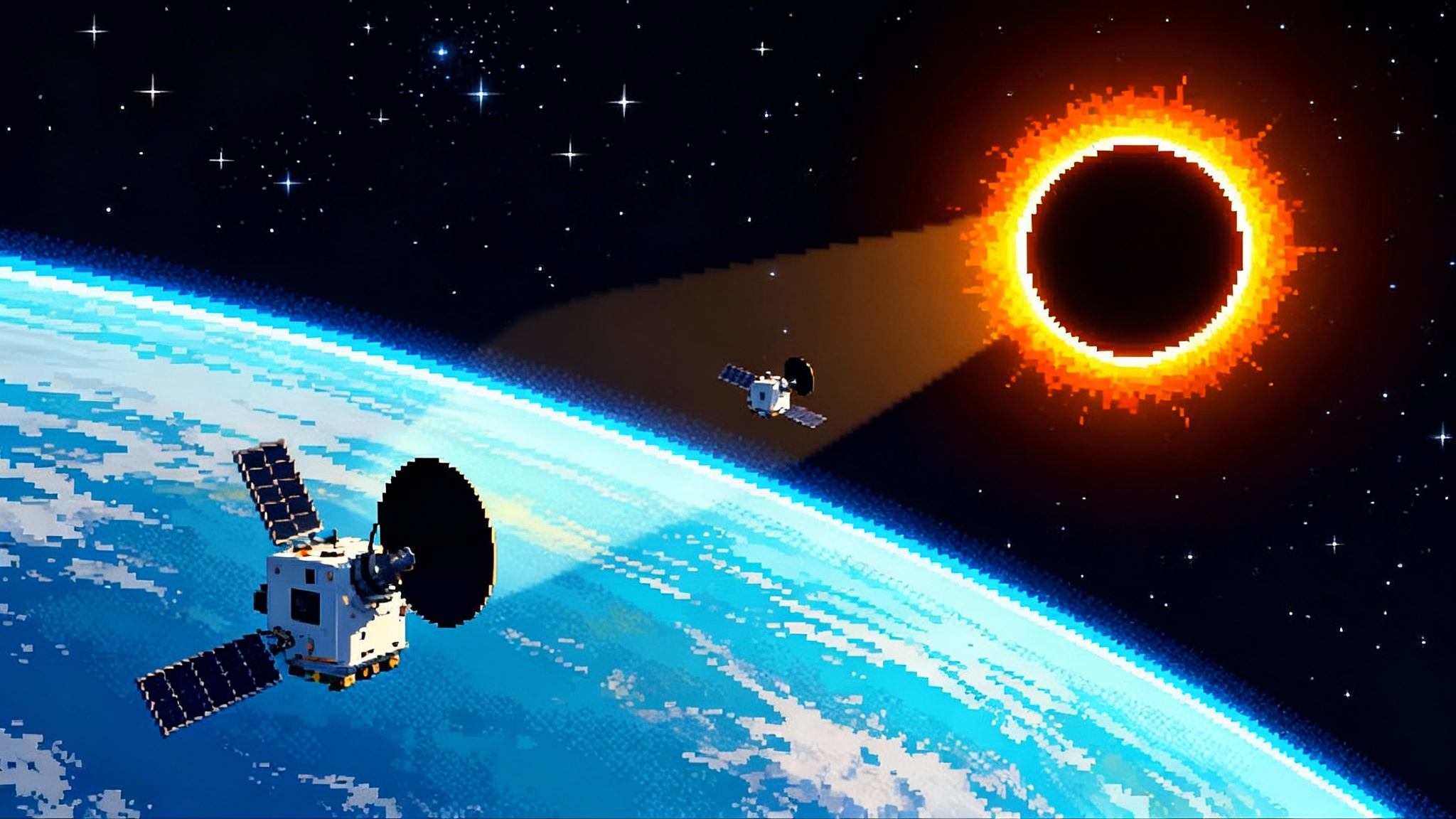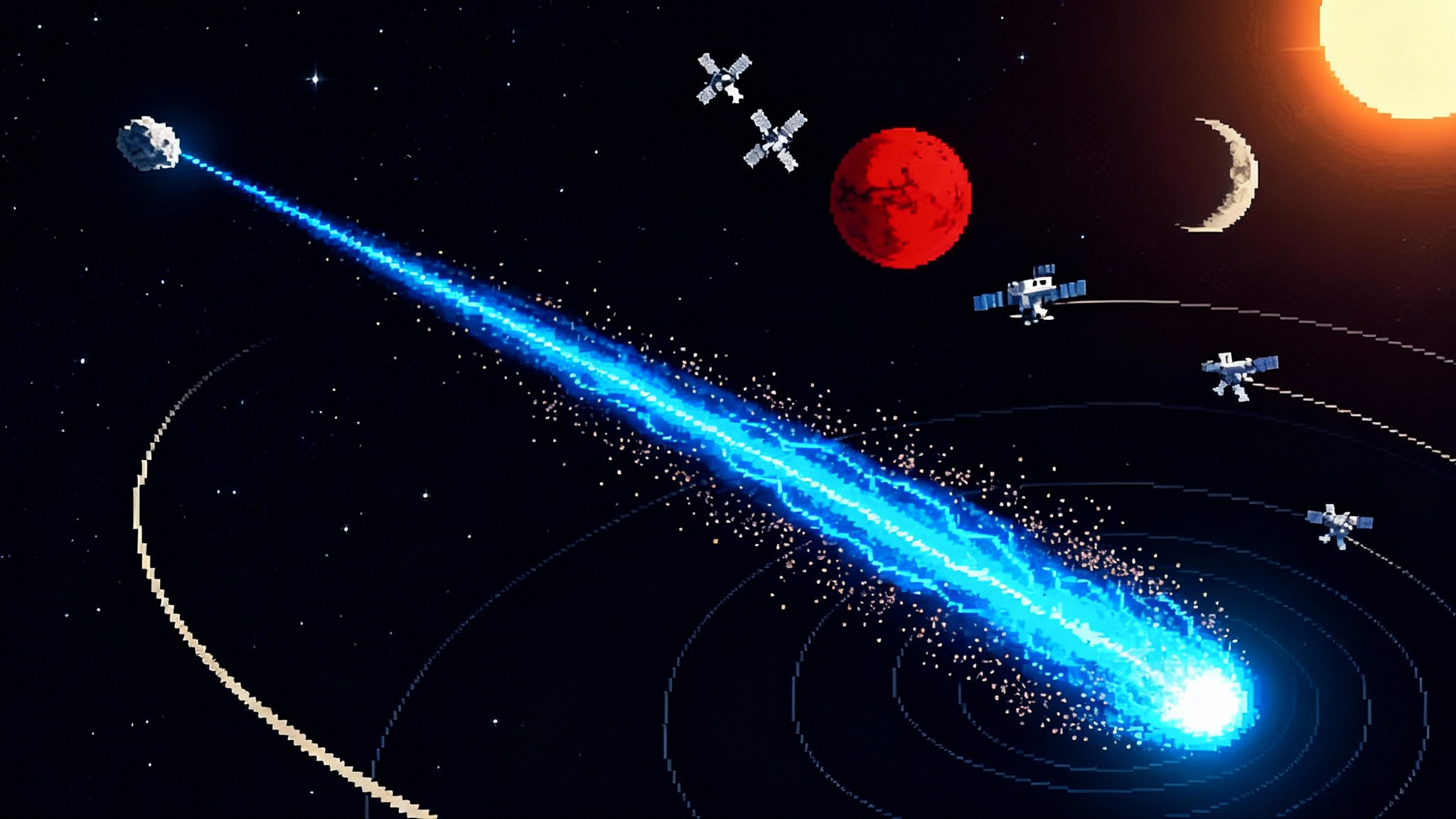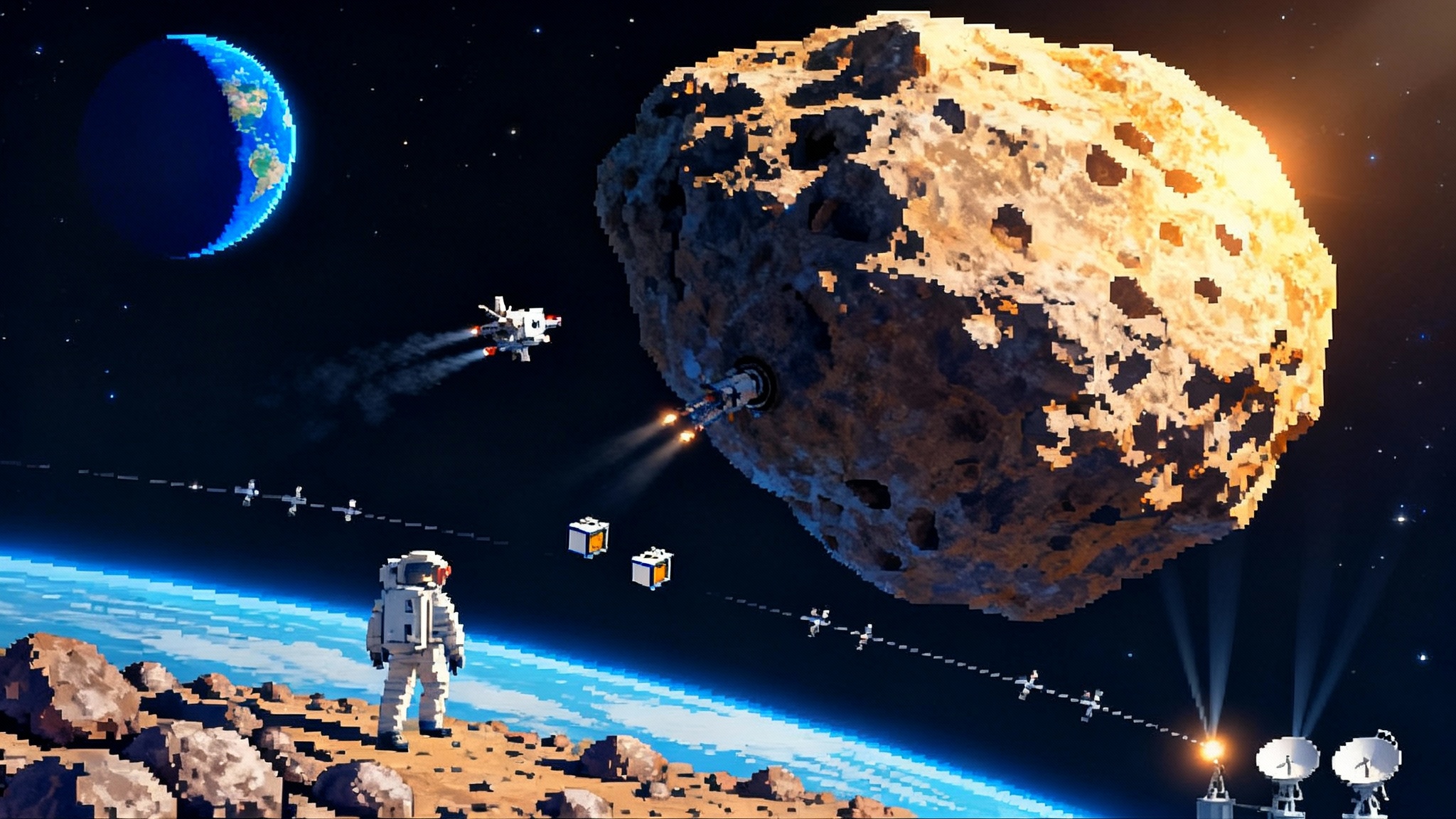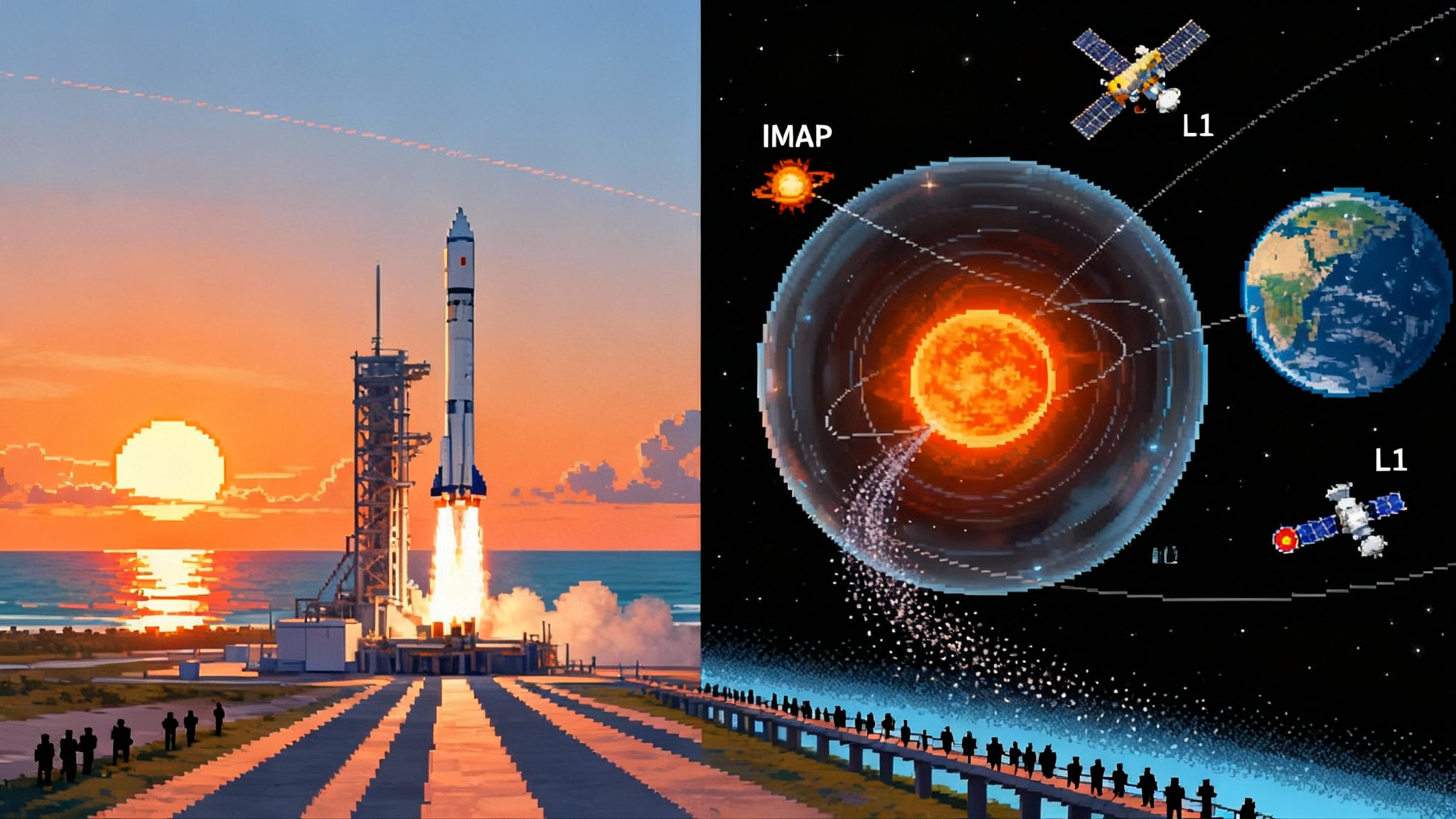Gravitational Waves 2025: O4 Ends and Next-gen Ramps Up
As the LIGO, Virgo, and KAGRA network wraps its extended O4 run in mid November, a flood of detections is reshaping multimessenger astronomy. Here is what upgrades land before O5, what the 2030s megadetectors will add, and why discovery rates are set to jump again.
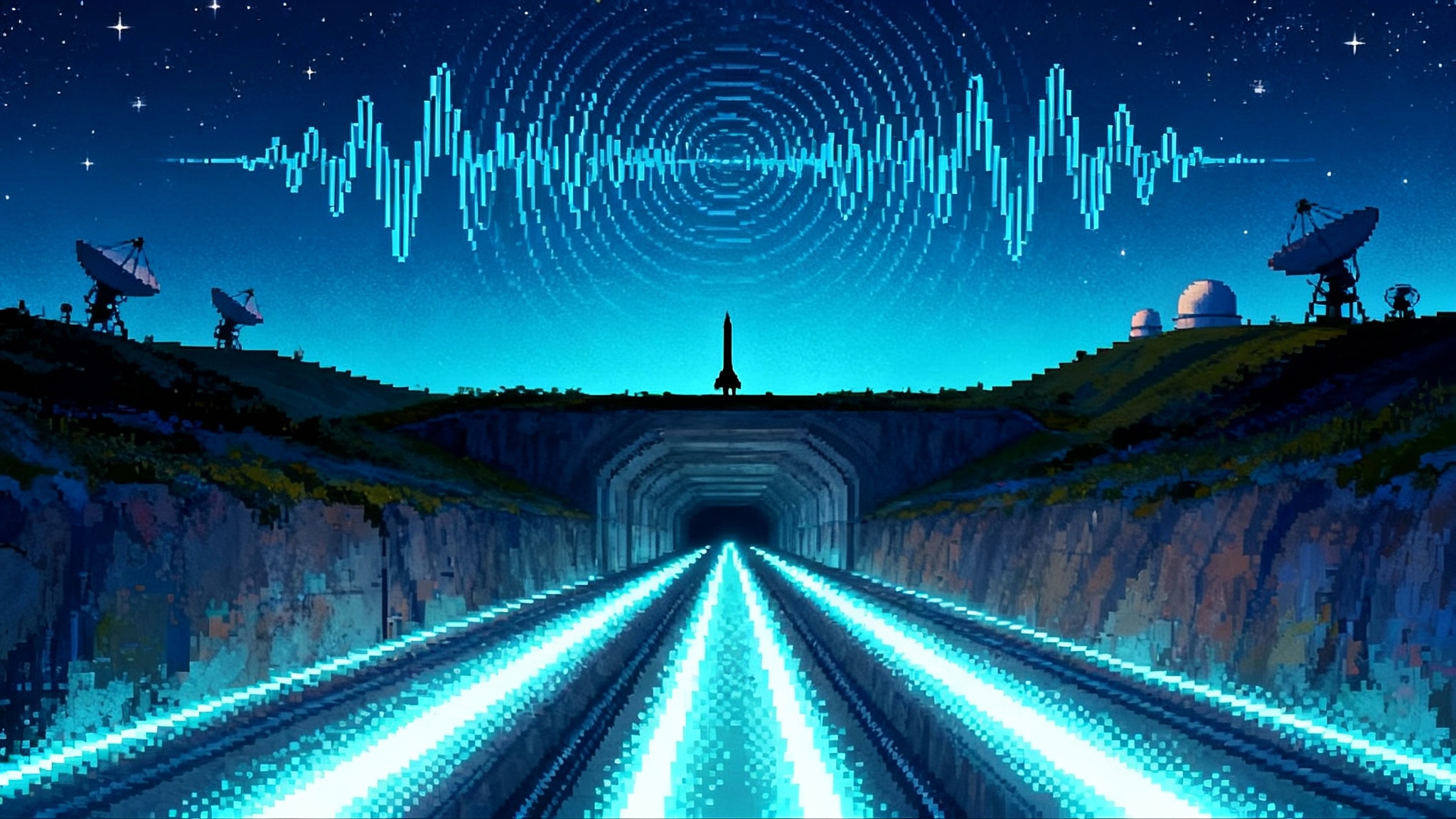
The finish that feels like a starting gun
On November 18, 2025, the global gravitational wave network is scheduled to bring its fourth observing run to a close. The date matters because O4, extended to overlap with Rubin’s early science, marks a tipping point. The past 18 months delivered a drumbeat of alerts, often several per month. The network’s operators have been explicit about the endgame and what comes next: a focused period of upgrades before the next round of observing in 2026–2027, as outlined in the IGWN observing plan update.
If O1 and O2 proved the field was real, and O3 made it routine, O4 made it crowded. On average, the network has been hearing the universe whisper roughly twice a week. Most whispers are mergers of black holes tens of times the mass of the Sun. A rarer few hint at neutron star collisions where rapid electromagnetic follow up can turn a waveform into a fireball on a telescope’s detector. That pace is not a curiosity of the calendar. It is the product of specific engineering changes and operational choices that will shape the next decade.
Why O4 surged: a plain English tour of the upgrades
Imagine trying to listen to a duet on the far side of a stadium with a single microphone while the crowd is cheering. The way to hear more is to build a better microphone, quiet the stadium, and add more microphones. O4 did all three.
- The microphones got better. Both LIGO detectors followed the A+ upgrade path, replacing core optics, running higher laser power, and using a quantum optics technique called frequency dependent squeezing. In simple terms, carefully prepared light cuts random quantum hiss at high pitch while avoiding extra rumble at low pitch. The result is a broader, quieter band of hearing and a measurable increase in detection range. More range means a much bigger volume of space.
- The stadium got quieter. Targeted work on vibration isolation and controls reduced excess motion at low frequencies, where terrestrial noise dominates. Virgo returned for much of O4’s latter segment, and KAGRA pushed through commissioning setbacks, including a 2025 laser failure that has since been addressed, to remain on the upgrade path. Every decibel tamed at tens of hertz expands the window where detectors can track the long, rising chirps of neutron star binaries.
- There were more microphones. When multiple detectors operate together, a signal’s time of arrival can be triangulated more precisely on the sky. Tighter sky maps are an immediate win for multimessenger campaigns that need to move telescopes fast. O4 also benefited from faster alert pipelines and better vetting of false alarms, so astronomers could decide quickly whether to cue radio arrays, swing optical cameras, or prioritize high energy instruments.
The net effect is exactly what the event lists show. Hardware and software pushed the network’s hearing farther and made that hearing count in real time.
What the surge is doing to multimessenger astronomy
The most valuable detections come when a waveform is paired with light or particles. In practice, that means catching a neutron star collision early enough for telescopes to see the afterglow, or recognizing a black hole merger that is unusually nearby or massive. O4 changed how often that is plausible.
- Better sky maps sooner. With Virgo back and both LIGO sites running stably, typical localization areas shrank. That does not guarantee an electromagnetic counterpart, but it reduces the number of galaxy candidates survey teams must scan in the hour after an alert. For context on how wide-field surveys are reshaping follow up, see our look at the Euclid dark-universe map.
- A more responsive follow up ecosystem. The alert cadence pushed observatories to automate. Robotic optical telescopes and radio arrays that can respond within minutes are now table stakes. High energy telescopes, including those on low Earth orbit satellites, have tuned their triggers to watch the right patches of sky at the right time. Related data-first approaches are also powering missions like the SPHEREx all-sky engine.
- Early warning looks real. For the closest neutron star binaries, gravitational waves rise through the detector band minutes before they merge. That buys time to pre point telescopes. O4 offered several demonstrations of this in practice, even when the counterpart did not pan out. As sensitivity improves in the next runs, minutes of warning will become more reliable and more common.
The pivot: what upgrades are coming before O5
The O4 finale is not a pause. It is a pit stop. Here is what the labs have queued up.
- LIGO’s A+ toward O5. Further quantum noise reduction and higher stable intracavity power aim to push the binary neutron star range toward a few hundred megaparsecs. Expect a modest but meaningful growth in listening radius, with payoff at both the highest and lowest tones.
- Virgo’s AdV+ Phase 2. Focus areas include thermal noise in mirrors and mechanical noise in suspensions, plus improved quantum squeezing. The goal is to keep pace on sky localization and low frequency performance, which matters most for early warning.
- KAGRA’s recovery and retuning. With its main laser replaced, priorities are sensitivity and stability, then rejoining global observing on the way to planned performance. The underground site remains a test bed for low frequency isolation techniques that feed third generation designs.
- LIGO India on the horizon. Civil construction is ramping with a target to begin operations around 2030. A five detector configuration will tighten localizations and reduce blind spots, sharpening every triangulation.
The 2030s observatories: what is being built and why
LISA, the observatory that hears the deep bass
The Laser Interferometer Space Antenna is a three spacecraft constellation that will fly millions of kilometers apart and measure length changes smaller than an atom over those distances. Europe’s space agency formally adopted the mission in January 2024, with launch planned for 2035; see ESA adopts LISA mission. NASA is providing key hardware, including ultra stable lasers and telescopes, and contributes to the science team.
What LISA hears is the deep bass that ground detectors cannot: inspirals and mergers of black holes millions of times the Sun’s mass, compact binaries in our galaxy, and possibly a fossil hum from the early universe.
Einstein Telescope, the underground triangle
Europe’s Einstein Telescope will be built underground with three 10 kilometer arms arranged in a triangle. Each corner hosts two interferometers in a xylophone configuration: one optimized for low frequencies with cryogenic silicon optics, and one at room temperature with higher optical power for the high frequency band. Site selection is active, with Sardinia’s Sos Enattos and the Euregio Meuse-Rhine among the leading options. The key objective is sensitivity down to a few hertz, the single most important parameter for early warnings and for observing heavier binaries.
Cosmic Explorer, the long American arms
Cosmic Explorer envisions two very long L shaped interferometers, one around 40 kilometers and a partner near 20 kilometers. CE1 scales today’s technology to longer arms and higher power; CE2 swaps in cryogenic silicon mirrors and two micron laser light to push thermal noise lower. Ten times more sensitivity in strain is roughly a thousand times more volume in space. That means routine detections out to the epoch of first stars for heavy black hole mergers and decisive measurements of the hot nuclear matter created when neutron stars collide.
For a taste of how gravitational wave discoveries will complement atmospheric and survey science, see how Webb pivots in Webb’s 2025 exoplanet turn.
What these builds unlock that today’s detectors cannot
- Early warning becomes standard. A third generation network including Einstein Telescope and a pair of Cosmic Explorers will localize many neutron star mergers minutes before coalescence to areas small enough for narrow field telescopes to pre point.
- Precision strong gravity tests. Higher signal to noise ringdowns let physicists isolate multiple quasinormal modes of black holes, enabling stronger consistency tests of the Kerr solution.
- Cosmology by standard sirens. With thousands of well measured events and better sky localization, third generation detectors can measure the expansion history with competitive precision. Paired with LISA’s massive black hole catalog, we get a gravitational wave view of structure growth across cosmic time.
- The map of compact binaries fills in. Better low frequency reach opens a longer stretch of inspiral for each event, tightening estimates of spins, masses, and orbital eccentricities that map to formation channels.
Why discovery rates are poised to jump again
Detection rate scales fast with range. Increase the distance you can see by even 20 percent and the surveyed volume of space nearly doubles. O4 already showed this with quantum squeezing and controls improvements. O5 is expected to do it again with higher stable laser power and lower technical noise. More detectors online at once also increases coincident time and lowers the fraction of ambiguous alerts.
Look at the near term levers:
- More uptime in coincidence. When three or more detectors are stable together, alert quality rises and follow up improves. The observing plan for 2026–2027 anticipates a period where detectors will participate as ready, so robustness sits alongside sensitivity.
- Better low frequency performance. Chasing the 10 to 20 hertz floor pays twice. You catch signals earlier, which improves parameter estimation, and you track more cycles, which helps both early warning and sky localization.
- The fifth site. LIGO India will shrink typical error regions and reduce polarization degeneracies, increasing the share of alerts that are practical for electromagnetic and neutrino teams to chase.
Stack those modest factors and the effect is large. Then look out a few years. Third generation facilities add about an order of magnitude in strain sensitivity, which means roughly a thousandfold jump in survey volume. Discovery rates will not just rise. They will saturate schedules.
The near term playbook: what to do, why, and how
- For observatories. Invest now in queue schedulers that can pre point based on probabilistic sky maps and expected rise times. The most successful O4 teams turned an alert into a slew command within minutes without a human in the loop.
- For data teams. Build cross domain pipelines that ingest gravitational wave skymaps, gamma ray triggers, neutrino alerts, and weather, then produce human readable recommendations. The bottleneck in O4 was not data speed but decision speed.
- For agencies and funders. Front load engineering that reduces downtime. A single percentage point more uptime in coincidence can be worth more science than any one hardware tweak. Budget to finish upgrades that reduce thermal noise in mirrors and lower technical noise below 50 hertz.
- For industry. The 2030s builds need ultra low noise cryocoolers, large diameter silicon optics, ultra stable two micron lasers, and low loss coatings. Firms that can meet those needs will have customers for a decade.
- For students and early career researchers. The next two years are the best time to join detector characterization, instrument controls, and low latency analysis teams. Those groups will carry the expertise that third generation facilities will hire at scale.
The long view and the next move
O4’s finale is not an ending. It is the moment the field got crowded enough that every incremental improvement in sensitivity, uptime, and sky localization compels the community to adapt. The plan is public. The network is scheduled to stop on November 18, 2025, take a breath to upgrade, and return in 2026–2027 with better ears and steadier hands. In parallel, the 2030s observatories move from paper to hardware. ESA has adopted LISA with a 2035 launch. Einstein Telescope and Cosmic Explorer are converging on buildable baselines, siting decisions, and industrial partnerships.
There is no guarantee that the next breakthrough will look like the last. That is the point. With more events, better localization, and a wider swath of the spectrum in reach, the field is not only counting mergers. It is opening phase space. The smart bet is to automate the response, fix the small sources of downtime, and fund the quiet parts like coatings and cryogenics. The discoveries will follow, and when they do, it will feel obvious that the starting gun fired in late November.

